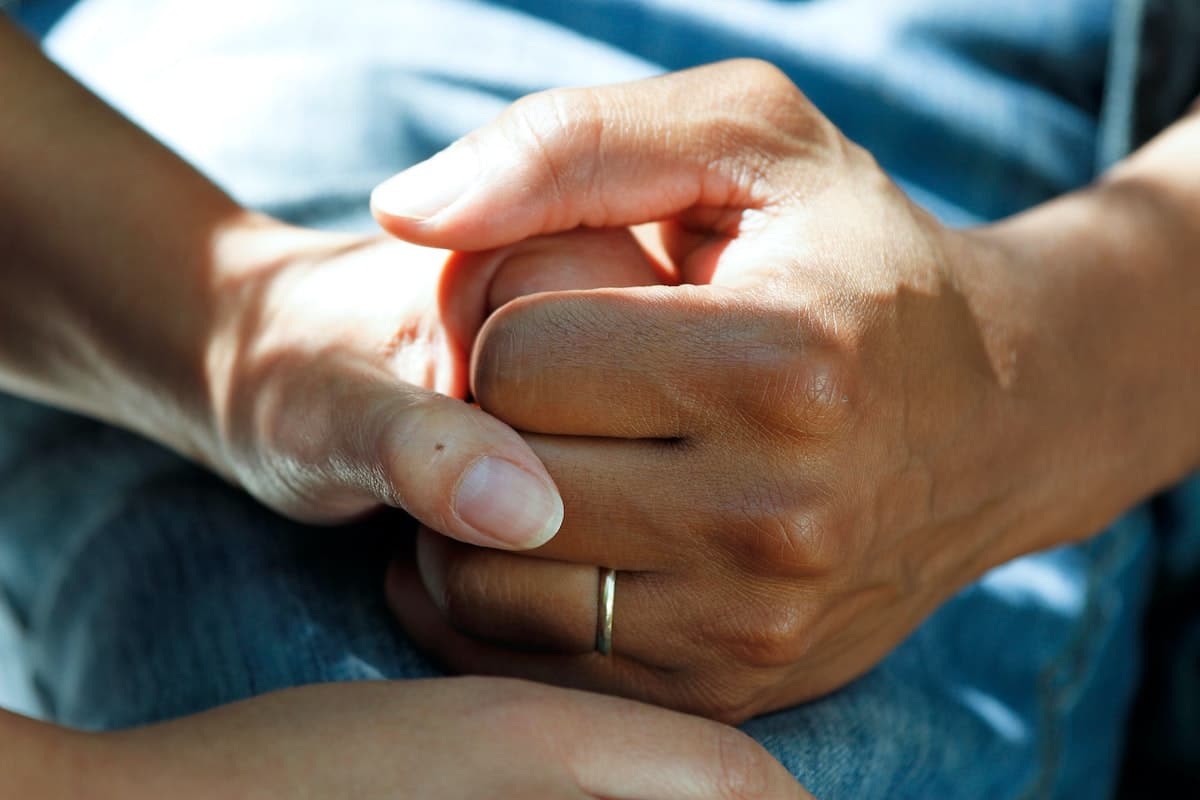Table of Contents
If you are aware of a substance use disorder, you will most likely know what legal high are. Legal high are drugs that mimic the effects of other illicit drugs. Creating a rapidly growing crisis, legal high ruin lives and have done terrible damage over the past couple of years in the UK. In fact, research by the Centre for Social Justice (CSJ) showed that in 2012, there were 97 deaths from legal high in the UK. CSJ also says that the highest number of legal high users is present in the UK.
Legal high drugs are referred to as new psychoactive substances or synthetic drugs made using various chemicals and produce similar effects as cocaine, ecstasy, and cannabis. Though legal high drugs are sold online and in shops believing they are safe for human consumption, the unclear composition of chemicals used in these drugs may cause adverse reactions in the users. You can buy legal high like bath salts, plant food, potpourri, incense, or synthetic marijuana. Also, legal high drugs are available in powder, pills, capsules, smoking mixtures, liquids, and perforated tabs.
These legal high’ continuous or regular use may develop a severe addiction. Their low price and easy availability mean that they are widely abused. However, legal high addiction rehab can make recovery possible. This article will explain the signs of legal high addiction, followed by its treatment and recovery.
Signs of Legal High Addiction
Different types of legal high addiction, such as tranquilisers, stimulants, synthetic cannabinoids, and hallucinogens, produce their own symptoms. However, due to the unclear nature of these manufactured drugs, it isn’t easy to pinpoint specific effects for each one. Therefore, the general signs of legal high addiction include a combination of physical, behavioural, and psychological factors.
Psychological Symptoms or Signs of Legal High Addiction include:
- Anxiety
- Depression
- Confusion
- Paranoia
- Agitation
- Hallucinations
- Irritability
- Poor judgment
- Feelings of Euphoria
- Detachment from reality
- Memory problems
- Panic attacks
- Sedation or frequent drowsiness
- Noticeable personality changes
- Mood swings and hostility
- Inability to focus or concentrate
- Consuming legal high as a form of stress relief
- Distorted sense of reality and perception
Behavioural and Social Symptoms of Legal High Addiction:
- Lack of control over your life
- Downplaying the extent of your drug use
- A lack of inhibitions and engaging in risky behaviour
- Becoming defensive and secretive when questioned
- Prioritising legal high over responsibilities
- Inability to stop using legal high even if you want to
- Isolating from family and friends
- Inability to function effectively
- Poor performance or attendance at work
- Poor hygiene and unkempt appearance
- Spending an increasing amount of time obtaining, using, and attempting to recover from the effects of your ‘legal high’ misuse
Physical Symptoms of Legal High Addiction are:
- Nausea and Vomiting
- Slurred speech
- Intense cravings
- Tolerance
- Hyperthermia
- High body temperature
- Drastic weight loss or weight gain
- Sweating
- Heart palpitations
- Co-ordination problems
Treatment for Legal High Addiction
Owing to the inaccuracies surrounding its legality and potential to cause harm, many people question whether legal high addiction requires treatment. However, despite what the name suggests, legal high drugs are still illegal and can be extremely dangerous to human life. Therefore, treatment for legal high addiction is required in the same way as other substance abuse.
Inpatient treatment
Inpatient treatment is a residential stay provided to patients for the duration of the treatment program. Most effective for people who need extra care or 24/7 medical assistance, inpatient treatment is considered the most effective treatment method for legal high addiction. It is because staying in an inpatient setting cuts off all the access you have to drugs and allows you to focus on addiction recovery.
A combination of medical detox and addiction therapies, an inpatient treatment program is designed to treat the psychiatric aspects of addiction and address any possible underlying causes.
Outpatient treatment
Outpatient addiction treatment is provided to those patients who don’t want to give up or compromise their existing life routine. In these settings, patients do not have to stay at the facility and have to travel to attend therapy sessions during the day. However, while outpatient is an effective form of treatment, it doesn’t keep you away from emotional, physical, or mental triggers. Social support groups and local drug or alcohol services are also considered effective forms of outpatient treatment.
Find the Right Legal High Addiction Rehab
Addiction is a chronic and relapsing illness that cannot be cured. However, the proper treatment for legal high addiction can help individuals live a healthy and fulfilling life. Though numerous legal high addiction rehabs provide various treatment programs, the treatment depends on the signs of legal high addiction. If you are suffering from legal high addiction or know someone going through the same challenges, contact the nearest rehab centre to break free.
Image Credit: Photo by National Cancer Institute on Unsplash

